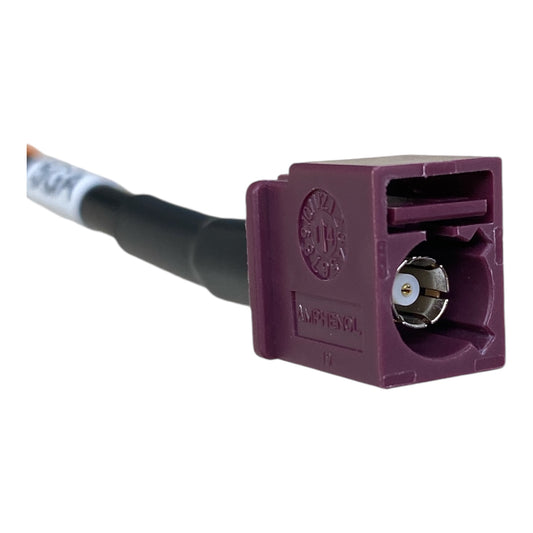We offer 3 types of 3/8" diameter coax. Which one to choose? Here is a summary of the differences in these cables:
LL400
PE jacket - this is a hard jacket that is extremely durable and ok to direct bury
Solid center conductor - better RF performance, lower loss than stranded
Double shield - better interference rejection, stronger signal
Foam dieletric - aids in lower loss
LL400-FLEX
TPE jacket - this is a durable but soft jacket that is highly flexible even in cold temperatures - not ok to direct bury
Stranded center conductor - makes cable more flexible
Double shield - better interference rejection, stronger signal
Foam dieletric - aids in lower loss
RG-213/U
PVC jacket - this is a hard jacket that is more flexible than PE, extremely durable and ok to direct bury
Stranded center conductor - makes cable more flexible
Single shield - better interference rejection, stronger signal
PE solid dieletric - solid material
The cable you choose depends on your application.
Ham Radio and CB:
If you have a fixed antenna on a tower or fixed structure, LL400 is best. If you have a beam antenna on a rotor that will move, then you should use LL400-FLEX around the antenna. You can do a single run of LL400-FLEX from the antenna to the radio, or a combination of LL400-FLEX around the antenna and a fixed run of LL400 down the tower to the radio. RG213/U is typically used for lower HF frequencies but it's also okay on VHF/UHF. You will get lower loss from LL400 and LL400-FLEX on VHF/UHF vs RG-213/U. RG-213/U will withstand higher voltages. The higher you go in frequency, the more loss you will have in RG-213/U as compared to the LL series cables.
For shorter runs and portability, also consider LL240-FLEX.
CradlePoint, Mobile Broadband, RFID:
LL400 and LL400-FLEX should be used for mobile broadband and RFID. Performance is similar for both cables. LL400-FLEX has higher flexibility for ease of installation in tight spaces.
For shorter runs and portability, also consider LL240-FLEX.



